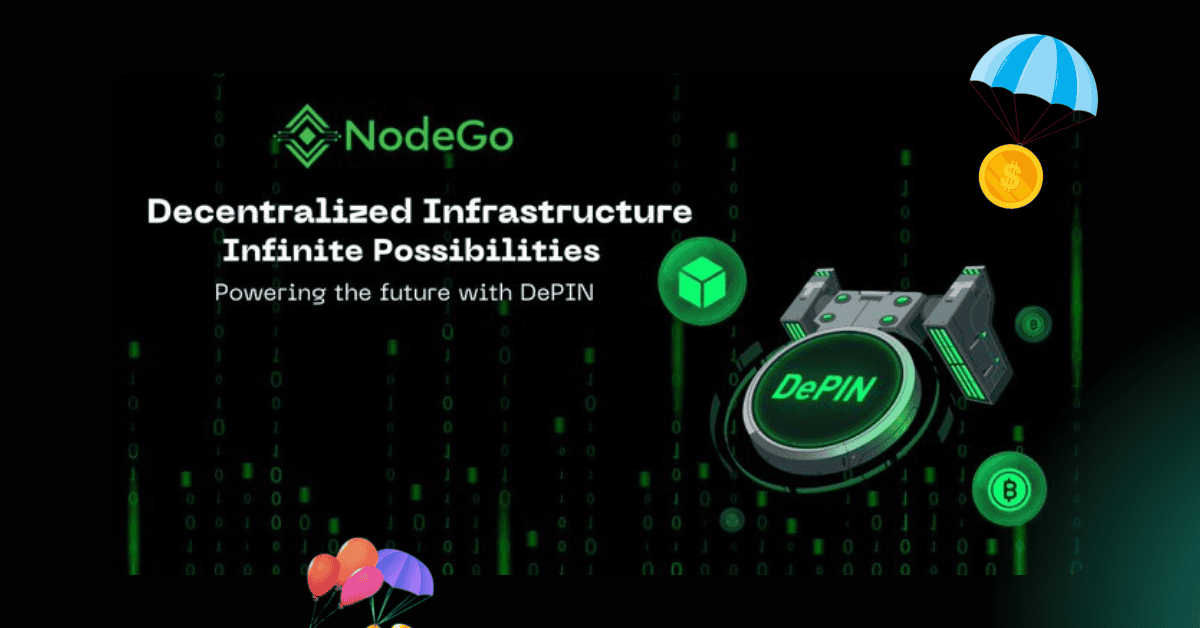Blockchain technology has changed how we handle digital transactions. In this article, we will look at the three main types of blockchains—public, private, and hybrid—and how they affect transaction speed, cost, and security. In this blog post, we’ll break down the basics of blockchain technology, focusing on the different types: public, private, and hybrid blockchains. Blockchain is often associated with popular cryptocurrencies like Bitcoin and Ethereum, but its applications go far beyond that. Understanding the distinct features of each blockchain type can help you grasp how they work and their use cases. Whether you’re new to blockchain or looking to depend on your knowledge, this guide will help you understand the key differences and why each type plays a crucial role in today’s digital landscape.
Table of Contents
ToggleWhat is Blockchain? 🧩
At its core, blockchain is a type of database that records transactions in blocks. These blocks are connected in a chain, making it secure, transparent, and hard to tamper with. Once a transaction is added to the blockchain, it cannot be changed or removed, making the technology secure and reliable.
The data in public blockchains (such as Bitcoin and Ethereum) is visible to everyone. This open nature makes the blockchain very secure and trustworthy. Key features of blockchain technology include:
- Transparency: All transactions can be viewed and verified.
- Security: It’s nearly impossible to hack or alter blockchain data.
- Immutability: Once data is recorded, it cannot be changed or deleted.
- Decentralization: No single person or entity controls the blockchain; it’s maintained by many different people.
Types of Blockchains 🛠️
- Public Blockchains 🌍
Public blockchains like Bitcoin and Ethereum are decentralized, meaning anyone can participate in the network. All transactions are open to everyone, allowing anyone to check and verify the data. These blockchains use mechanisms like Proof-of-Work or Proof-of-Stake to confirm transactions and add them to the blockchain.
Benefits:- Transparency and traceability
- High security and decentralization
- Useful for decentralized finance (DeFi) and cryptocurrencies
- Private Blockchains 🔒
Private blockchains are closed networks where only authorized users can access and participate. These are often used by businesses for private transactions or record-keeping. In private blockchains, the data may not be available to the public.
Benefits:- Faster and more efficient (since fewer people are involved)
- More control and privacy for businesses
- Good for enterprise solutions
- Hybrid Blockchains ⚖️
Hybrid blockchains combine elements of both public and private blockchains. Some data is open to the public, while other data is kept private. Hybrid blockchains are useful for businesses that need some transparency but also want to keep certain data confidential.
Benefits:- Flexibility in controlling which data is public or private
- Combines transparency with privacy
- Ideal for businesses needing both features
How Blockchain Transactions Work 🔄
Let’s look at how transactions are processed on a blockchain, using Ethereum as an example:
- Transaction Initiation:
When you send Ether (ETH) to someone, the transaction is sent to the Ethereum network and broadcast to all participants. - Transaction Validation:
Validators check whether the transaction is legitimate (i.e., the sender has enough Ether). If everything is correct, the transaction is confirmed. - Block Creation:
After the transaction is confirmed, it’s added to a block, and the block is added to the blockchain, making it permanent. - Finalization:
Once the block is part of the blockchain, the transaction is considered complete.
The time it takes for a transaction to be processed depends on the block time. For example, Ethereum has a block time of 10-15 seconds, while Bitcoin has a much slower block time of around 10 minutes.
Scalability Challenges in Blockchain 🚀
Blockchain technology faces a big challenge: scalability. According to the blockchain trilemma, it’s difficult to balance decentralization, scalability, and security. This means that while some blockchains are very secure and decentralized (like Bitcoin), they may be slower and more expensive to use.
- Bitcoin prioritizes security and decentralization but is slower and has higher transaction fees.
- Ethereum is faster but still faces congestion and high fees during periods of heavy use.
To address these issues, blockchain developers are working on Layer 2 solutions that take some transactions off the main Ethereum chain, process them faster, and then finalize them back on the main blockchain. This helps improve scalability and lower costs.
Why Blockchain is Valuable: Transparency, Security, and Provenance 🔍
One of the biggest strengths of blockchain, especially public blockchains, is its transparency. Every transaction is recorded on the blockchain and can be traced back to its origin. This makes it a powerful tool for businesses and industries that need to track and verify transactions.
- Transparency: Everyone can see the data, and anyone can verify the transactions.
- Security: Blockchain is extremely difficult to hack or change.
- Provenance: Blockchain allows you to trace the entire history of an asset or transaction.
These qualities make blockchain especially useful in industries like finance, where secure, traceable, and transparent transactions are crucial.
The Future of Blockchain: Modular Blockchain Solutions 🛠️
While blockchain is a powerful technology, it still faces challenges when it comes to scalability. The future of blockchain will likely see the rise of modular blockchains, which separate blockchain tasks into different layers. This approach makes it easier to handle high transaction volumes without sacrificing decentralization or security.
Here’s a look at how modular blockchains work:
- Execution Layer: Handles transaction execution.
- Consensus Layer: Confirms transaction validity.
- Data Availability Layer: Ensures data is accessible across the network.
- Settlement Layer: Finalizes and stores transactions.
By dividing blockchain tasks into these layers, the technology becomes more scalable and efficient. Ethereum, for example, is working on Layer 2 solutions and plans to improve scalability through its modular approach.
Conclusion: Key Blockchain Features 🌟
In conclusion, blockchain technology offers several key features:
- Transparency: Anyone can verify the data.
- Security: Blockchain is hard to hack or change.
- Immutability: Once data is recorded, it can’t be altered.
- Scalability Challenges: Solutions like Layer 2 and modular blockchains are being developed to address these issues.
Blockchain is set to revolutionize many industries, including finance, healthcare, and supply chain management. As the technology continues to improve, we’ll see even more uses and innovations in the future.
In the next blog post, we’ll dive into the different types of cryptocurrencies and their uses. Stay tuned for more, and feel free to share your thoughts in the comments!






